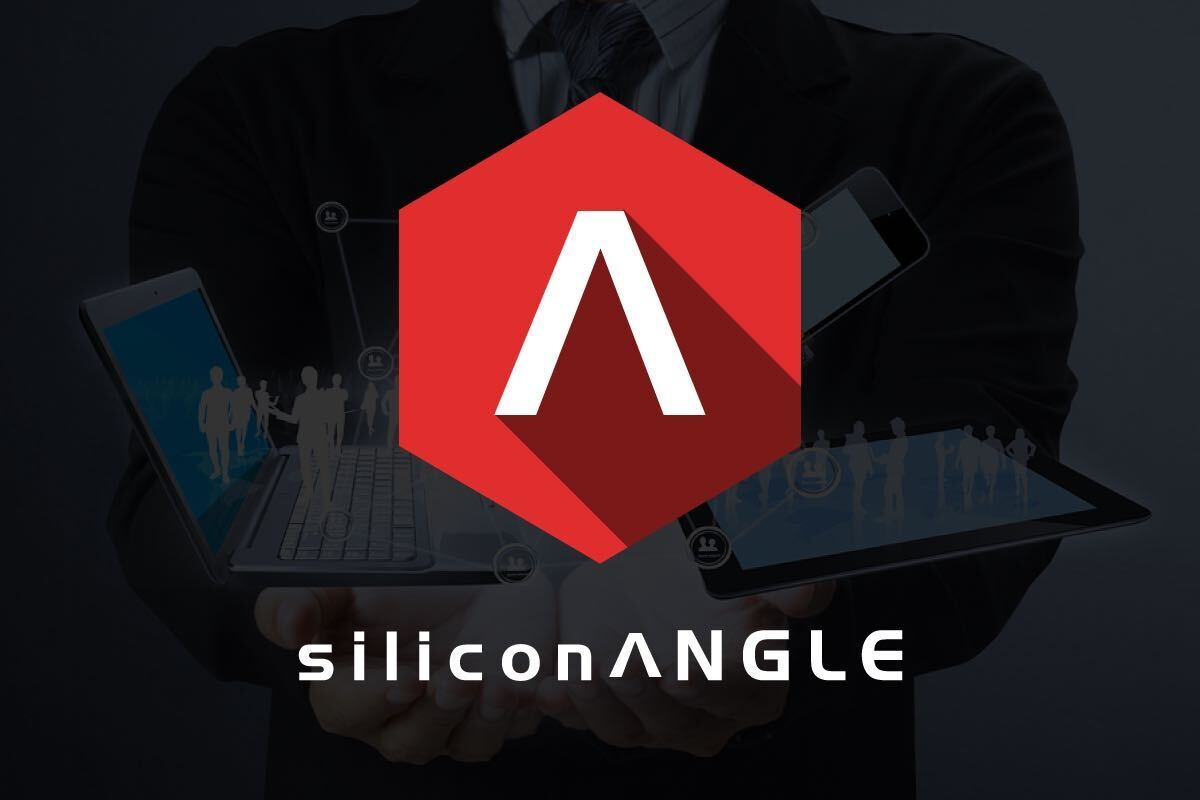


![]() Randy Bias, CEO of Cloudscaling, discussed OpenStack’s evolution and the future of cloud with theCUBE co-hosts John Furrier and Stu Miniman live at the Open Stack Summit 2014.
Randy Bias, CEO of Cloudscaling, discussed OpenStack’s evolution and the future of cloud with theCUBE co-hosts John Furrier and Stu Miniman live at the Open Stack Summit 2014.
“We look at OpenStack as having evolved from a science project to a mature project.” Bias said. “We’ve seen… a lot of failures. Unless you’re prepared to invest in doing it yourself, you’re not going to succeed. It’s a lot like downloading your Linux kernel and building your own distribution,” Bias explained.
Bias stated that in the enterprise VMware was really good at supporting legacy apps. “OpenStack shines for the same kind of workloads hosted by Amazon,” namely next gen apps developed in the DevOps era, he explained. “In the next five years there will be as many next gen apps as there are legacy ones today,” Bias predicted.
“OpenStack is a platform that doesn’t have a reference architecture,” Bias said, That is why the decision was made at Cloudscaling to use reference architecture from Amazon and Google. It is not a solution to have a cheaper version of what VMware is doing in the enterprise.
“It’s all about agility. Saving money is just a side effect,” Bias said. “Almost all companies today are starting to realize they are in the technology field first, and in their vertical second.”
Asked if OpenStack was an extension of the software defined meme, Bias said that the meme was “just a fancy way to talk about cloud. Software-defined whatever is the same thing as cloud.”
Commenting on the impact containers have in the industry, Bias said that the past ten years brought a “shift away from virtualization” and the emergence of cloud native applications, which are built in a scaleout, multi-core manner. It is now the era of workloads like Hadoop and scaleout Java that can use multiple cores. He went on to note that there were a lot of good reasons to go to containers or bare metal on demand, and good reasons to go to virtualization, the solutions being to “mix and match based on workloads.”
As far as big leaders coming into the sandbox, Bias said “the big guys are great because they validate the space. They show companies OpenStack really matters,” calling OpenStack the “new Linux in the market place.” The downside, Bias explained, is that “large companies are not actually innovators. Big guys are doing a lot to validate the space, improve code quality, create a platform around OpenStack, but they are not doing much innovation.”
Asked about the state of OpenStack in the hybrid cloud environment, he stated that Cloudscaling sees “hybrid as being the future. Everyone in the enterprise is really thinking about hybrid cloud, even if it’s in the future. What they really mean is application portability. If you don’t have a matching architecture, matching SLAs, you’re going to have a problem.”
Bias also explained there was a “misunderstanding about what cloud is and where the value is. If you have a VMware environment, that’s a stretch to call it a private cloud. Cloud is not about virtual machines. If you are trying to take your virtualization platform and hybridize it with Amazon, you’re going to have a ton of problems. I think today people are starting to understand they need a net new private cloud platform” that is like Amazon’s public cloud.
Asked which were the most popular and emerging workloads running in the cloud, Bias said “any web application is a great fit.” This is the type of app that is taking responsibility for itself, deploys itself in the cloud and scales up and down on its own. Social and mobile workloads are also a great fit.
Miniman asked if OpenStack was ready to take the next step. Bias said “the OpenStack platform has been ready for production for a while. We’re already there, you just have to consume it via a vendor who has a big product, you can’t consume it directly.” He added there was a misguided belief that OpenStack was a monolithic thing.
Commenting on the future of OpenStack and governance, he explained that “governing something that has grown as fast as OpenStack and is as big as OpenStack is very very challenging.” There are currently five governing bodies – the user community, the foundation, the operators, the board, and the tech committee. “The key challenge comes down to communication,” Bias concluded. “We’re starting to see some breakthrough.”
Support our mission to keep content open and free by engaging with theCUBE community. Join theCUBE’s Alumni Trust Network, where technology leaders connect, share intelligence and create opportunities.
Founded by tech visionaries John Furrier and Dave Vellante, SiliconANGLE Media has built a dynamic ecosystem of industry-leading digital media brands that reach 15+ million elite tech professionals. Our new proprietary theCUBE AI Video Cloud is breaking ground in audience interaction, leveraging theCUBEai.com neural network to help technology companies make data-driven decisions and stay at the forefront of industry conversations.